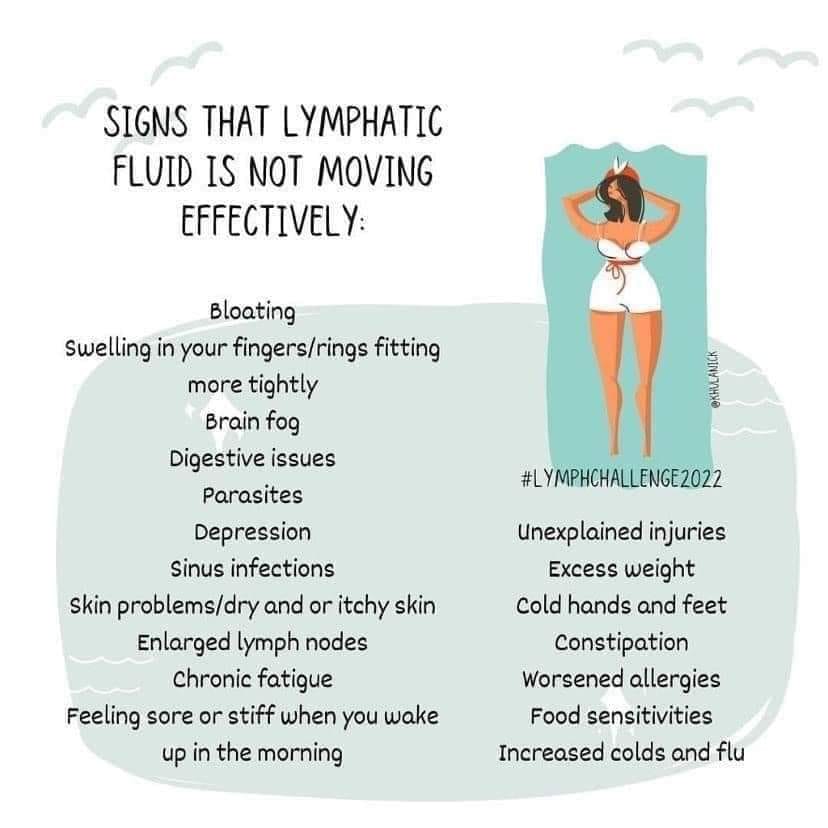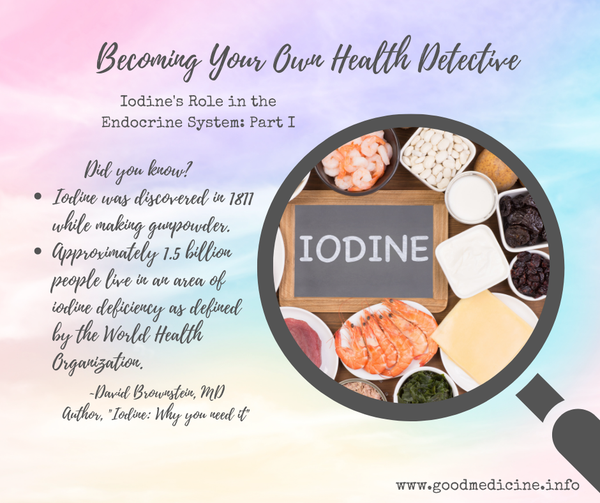
In September of 2020, I heard & obeyed what God said to do (& NOT do). Walking away from a 6 figure income might have been a scary endeavor had God not already prepared my heart (and Charlie’s too) to step into obedience. The last few years have been full of surprises & opportunities I would have never experienced had I chosen to ignore what God said and stayed where it would be considered “uncomfortably comfortable” by most: when personal values don’t align with employer status quo.
Book 1: The School of Obedience is an oldie I had never read before. It’s loaded with pearls of wisdom & heapings of truth. I highly recommend it. We can’t fully walk in God’s blessings if we aren’t obedient enough to responsibly receive them.
Book 2: Arise and Stand is written by my friend Andrea. Wheeew!

 It’s part autobiography & part Bible study. The subtitle is “Breaking through oppression and walking in the full freedom of Christ.” Spiritual oppression is real y’all…. as Christians we don’t tend to talk about that enough. Good versus evil every single day, & if a person is struggling, there’s oppression plain & simple. The question is….. is the person comfortable being spiritually oppressed? I see this in my practice at a health level with some clients….. so many people are comfortable in their discomfort for a variety of reasons, even tho that thinking is to their detriment
It’s part autobiography & part Bible study. The subtitle is “Breaking through oppression and walking in the full freedom of Christ.” Spiritual oppression is real y’all…. as Christians we don’t tend to talk about that enough. Good versus evil every single day, & if a person is struggling, there’s oppression plain & simple. The question is….. is the person comfortable being spiritually oppressed? I see this in my practice at a health level with some clients….. so many people are comfortable in their discomfort for a variety of reasons, even tho that thinking is to their detriment . Another book I give two
. Another book I give two 
 to.
to.
Book 3: I learned the truth about vaccines probably 20 years ago, and the truth (re: safety and efficacy) is NOT what we were taught in Pharmacy school. The title of this book will make more sense once you dig into it. It has 1240 references and solidly affirms the truth we were not taught. Shocker (not!!) …. profit over purpose is a common theme in the vax industry. It’s a great book for the seasoned truth seeker, but might be a little on the heavy side for newbies. (If someone is in the latter category, I would suggest instead reading  Dissolving Illusions by Dr Suzanne Humphries as a starting point).
Dissolving Illusions by Dr Suzanne Humphries as a starting point).
Are you reading any books right now that are pushing you to grow & become a better version of you? I’d love to borrow from your list!





